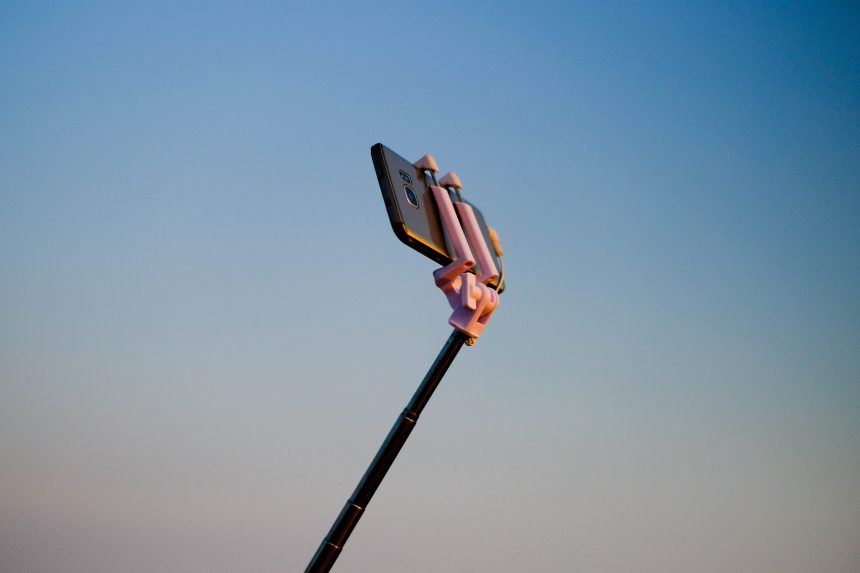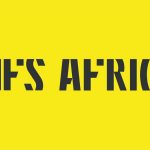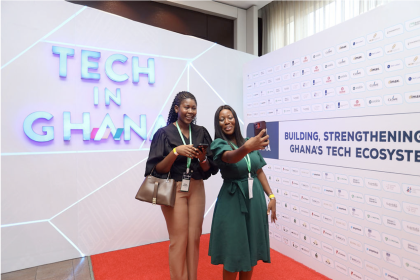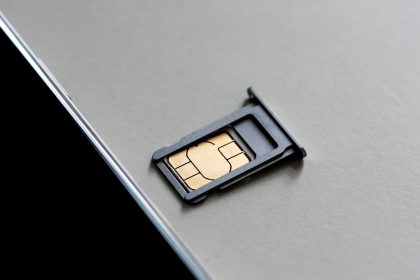TikTok influencers, YouTubers, Instagram Influencers, podcasters, and content creators are just some of the terms used in the modern-day creator economy.
The pandemic saw a rise in people creating content and birthing new
influencers both locally and internationally, as the world hunkered indoors and searched for “distractions” and entertainment online. Most of these influencers and creators got rewarded with new followers and monetary rewards from brands and companies.
Creating online content started to be more lucrative for most, especially TikTokers. The creator economy was at its highest during lockdowns.
According to data from Statista, the creator economy market was valued at a record $13.8 billion in 2021.
It’s not uncommon to hear a content creator on YouTube making an income of $500,000 or more in this current climate.
Today, there are a plethora of different platforms and payment technologies helping to enable the growth of the creator economy.
So what about Ghana? What platforms are enabling local creators to gain followers and make profit?
Let’s jump into it:
So What Is The Creator Economy?
The creator economy is basically made up of individuals who have a hobby or craft that becomes monetizable. These individuals use various platforms that allow them to make an income. Some of these platforms include YouTube, Instagram, TikTok, and Patreon.
The most important part of the creator economy is the monetisation aspect.
YouTube And Video Influencers
YouTube has long dominated when it came to online videos. But new players are in the ring and they’re giving the Google-owned platform a run for its money.
TikTok has come to dominate the landscape. Even Instagram, which was once focused on pictures has also pivoted to videos with its Reels feature.
In Ghana, video platforms like YouTube and just recently TikTok has been making headway when it comes to video creation.

Janet Awuku Offei is one of Ghana’s biggest TikTok stars with a following of more than a million followers. Her videos are largely comedy skits but it has catapulted her to stardom with brands and companies reaching out to her for partnerships and promotions. One of her most lucrative endorsements was doing a brand promotion worth up to 30,000 GHC.
YouTube was the second most active platform second to Facebook according to data from Hootsuite in 2021.

Popular YouTuber influencers like Kwado Sheldon, Wode Maye, and Jessica Opare get high viewership in the 100,000s.
Podcasting In Ghana
The podcast space in Ghana has been picking up slowly. In terms of podcast networks, there are two podcast networks: Gold Coast Report and AccraWeDey.
According to our internal data, there is a total of 34 original podcasts (original as in, they’re recorded purposely for podcasting and not audio from radio or live events). We will continue to update our lists as more podcasts become available.
In terms of monetisation, the podcast space in Ghana isn’t as yet as attractive for brands and companies when it comes to advertising. Companies would still prefer mediums like radio and TV for targeting their specific audiences.
As the podcast space matures, it’s expected that brands will start reaching out to podcasts with large followings to target demographics such as millennials and Gen-Z which are largely the audiences of most of these podcasts.
Is Blogging Dead?
That depends on who you ask. Blogging in Ghana appears to be on a downturn ever since the dawn of other media platforms like Twitter, Instagram, Substack, and TikTok with people spending their time on those social sites.
But there are some blogs that still manage to attract huge audiences with their content.
Zubzz.com is a food blog that gets a lot of traffic for people when it comes to posting reviews, prices, and menus of cafes and restaurants in Ghana.
There are websites that many might consider blogs such as Ameyaw Debrah and Ghanacelebrities.com which also get large amounts of traffic. Ameyaw is estimated to get about 70,000 visitors every month.
But blogging doesn’t appear to be as big or trendy as it was in past years with many going towards platforms like TikTok and Instagram instead.
Monetisation And Payment Platforms
Most social media platforms including YouTube and TikTok have monetisation features that allow creators to get paid after crossing milestones (eg. Achieving a number views on YouTube triggers a payout for Youtube creators)
Some local payment platforms offer creators a way to get paid directly. Artists and creators can use platforms like Flutterwave or Paystack to create online stores to sell merchandise or virtual goods or even create Payment Links that allow their audience to pay them directly.

TikTok allows creators to receive tips but it’s currently limited to the US. Creators still use advertised branded content just like Instagram by stating that the content is in partnership with a brand.
As far as direct payments, most content creators receive payments for services through their mobile money wallets.
Platforms like YouTube pay their creators about $122 for every 1,000 views. Ghana YouTubers making up to 100K views are likely earning about $10,000.+
The Ghana creator economy is slowly evolving. Currently, it’s become more of branding with some creators promoting products and services from brands and companies due to their large social media followers.
The next evolution will most likely be creators creating more personalised content and being compensated by fan viewership and being paid out by platforms like YouTube and TikTok (once local payments are enabled)










